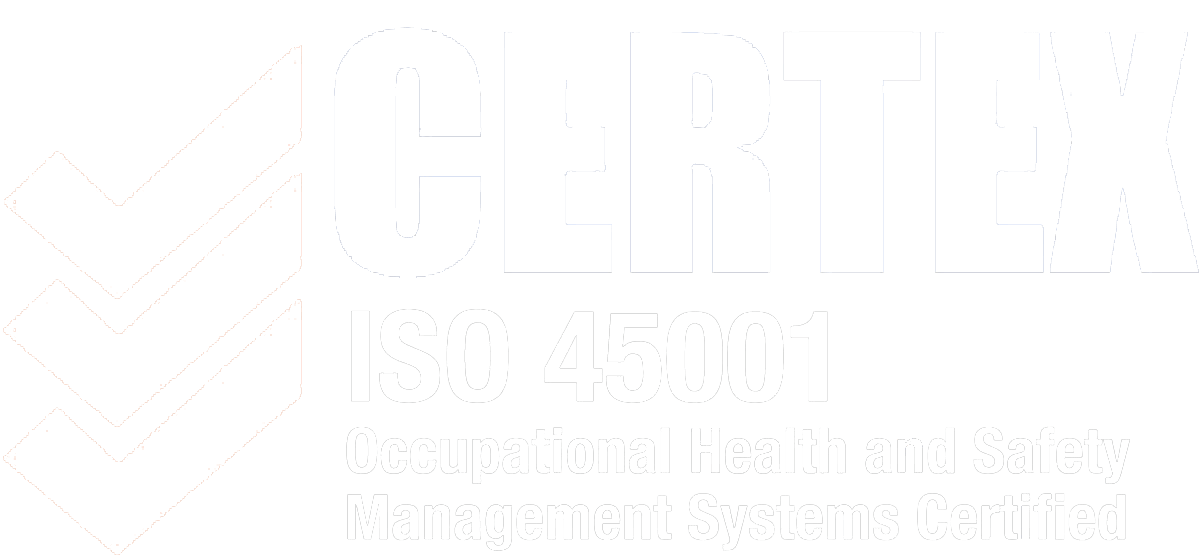The agile advantage of a flexible workforce.
In today's workforce the traditional nine-to-five model is rapidly evolving. Recent data reveals a fascinating shift in Australia's employment landscape: while full-time employment decreased by 23,700 positions, part-time roles surged by 80,000. This shift signals not just a change in workforce preferences, but an opportunity for forward-thinking businesses.
Australia's record-high 67% workforce participation rate tells only part of the story. Behind this figure lies a workforce that increasingly values flexibility and work-life balance. This shift presents both challenges and opportunities for businesses looking to maintain productivity while managing costs.
The strategic advantage of flexible staffing.
Strategic temporary and part-time staffing isn't just about filling gaps – it's about creating a more resilient and adaptable business model. Here's how organisations can leverage this approach:
1. Accessing hidden talent pools.
Many highly skilled professionals now exclusively seek part-time or temporary roles. These include semi-retired experts with decades of industry experience, parents returning to the workforce, professionals pursuing portfolio careers, and specialists who prefer project-based work.
2. Cost-effective scalability.
Flexible staffing creates multiple pathways for businesses to optimise their operations and costs. Organisations can effectively scale up their workforce during peak periods without taking on long-term commitments, while also bringing in specialised expertise precisely when specific projects demand it. This approach enables businesses to maintain consistent productivity levels while keeping budgets in check, and significantly reduces the burden of overtime costs during particularly busy periods.
3. Risk mitigation and business continuity.
A well-planned flexible staffing strategy serves as a powerful tool for business resilience. It enables organisations to seamlessly cover unexpected absences without disrupting their day-to-day operations, while also providing the adaptability needed to handle seasonal fluctuations in demand. This approach also offers businesses the ability to test new markets or projects without taking on permanent overhead costs. Perhaps most importantly, it helps maintain consistent quality standards even during periods of uncertainty or change.
Implementing a successful flexible staffing strategy.
To maximise the benefits of strategic staffing, consider these key approaches:
1. Skills-First Planning
- Focus on core competencies needed for each role
- Consider which functions could benefit from specialised temporary expertise
- Map out project-based needs versus ongoing requirements
2. Culture and Integration
- Develop onboarding processes specifically for temporary staff
- Create clear communication channels and expectations
- Ensure temporary staff feel valued and connected to your team
3. Quality and Consistency
- Partner with staffing providers who understand your industry
- Establish clear performance metrics
- Maintain regular feedback loops with temporary staff
Looking ahead.
The recent surge in part-time roles by 80,000 positions, coupled with the decrease in full-time positions, suggests a fundamental shift in how work gets done in Australia. Organisations that embrace this change through strategic staffing solutions are positioning themselves for significant advantages in the market. These businesses are gaining access to wider, more diverse talent pools while developing the agility to respond swiftly to market changes. The result is the development of more resilient business models that can adapt and thrive in an ever-changing economic landscape.
Taking action.
Start by assessing your current workforce needs:
1. Identify areas where flexible staffing could add value
2. Review your peak periods and seasonal fluctuations
3. Consider which specialised skills you need occasionally rather than permanently
4. Review your current staffing costs and where flexibility might improve efficiency
The key to success in today's recruitment market isn't just about having the right number of staff – it's about having the right staffing strategy. By embracing flexible staffing solutions, businesses can turn Australia's evolving workforce trends into a competitive advantage.
Remember: The goal isn't to replace your permanent workforce but to complement it with strategic flexibility that allows your business to thrive in an ever-changing market.
 CA-EN
CA-EN UK
UK AU
AU US
US NZ
NZ PH
PH ZA
ZA SG
SG HK
HK






